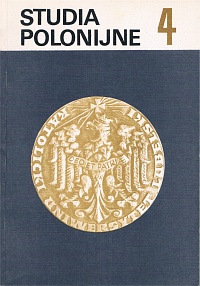From the problems of the Kassubian immigration into the United States
Main Article Content
Abstract
The route of the Pomeranian emigration usually led from the German ports in Bremen and Hamburg across the Atlantic to the water system of the Great Lakes. Other emigrants passed the Lakes round, landing in New York.
On the American continent the Kassubian emigration can be devided into two groups: big cities and the remaining places. In the former group we can enumerate such cities as Detroit (the parishes of St. Wojciech and St. Casimir, Chicago) the parishes of St. Stanislaus Kostka and St. Josaphat, Milwaukee and Winona (the parishes of St. Stanislaus and St. Casimir). Among the remaining places the following should be pointed to: Polonia, Stevens Point, Green Bay, Couster, Berlin Wise., New Brighton, Warszawa (Pulaski), Minto, Fried, Grenville and Chojnice.
The traces of the Kassubian immigration in the bigger cities are rudimentary, and in the remaining places — inconspicuous. In the linguistic respect the chances for the survival of the Kassubian tongue are much worse than those of Polish, since, where it still exists, it is at the very most the homely jargon. A high death rate among the old Kassubians, both the U. S. and in the Ontario Kassubes in Canada is also to its disadvantage.
One of the chances to save the Polish character of the American Kassubians could be to intesify the personal contacts by inviting more nationally conscious persons to the Polish Kassubes and aroucing their interest in the Kassubian literature (F. Neureiter. Geschichte der kaschubischen Literatur. München 1978 p. 281) and the folk culture, and in this way to contract longer lasting bonds.

